What makes Japanese sushi a globally beloved culinary art form? While the fresh, high-quality fish (neta) is crucial, the true foundation of exceptional sushi lies in the rice, known as shari. And the secret ingredient that gives shari its soul is a special type of vinegar.
This guide will take you on a deep dive into the world of Japanese sushi vinegar. We’ll explore the essential sushi-zu, uncover its fascinating history, and introduce the rare and traditional red vinegar known as akazu. Understanding these vinegars is the key to unlocking a deeper appreciation for every piece of sushi you eat.
What is Sushi Vinegar? (The Magic of Sushizu)
The vinegar used for sushi is not your standard kitchen vinegar. It’s a carefully crafted seasoning blend called sushi vinegar (sushi-zu), or sometimes awase-zu (blended vinegar).
The base is almost always rice vinegar (kome-zu), which is then masterfully combined with sugar and salt. This trinity of ingredients creates a flavor profile that is far more complex than simple sourness.
- Rice Vinegar: Made from the same grain as the rice, it’s a perfect match. Its bright acidity cleanses the palate and has a natural antibacterial effect—a wise tradition for safely enjoying raw fish.
- Sugar: This balances the sharp edge of the vinegar, adding a subtle sweetness and a deep, rounded flavor known as koku (richness). It also helps the rice retain moisture and gives the shari its characteristic glossy sheen.
- Salt: Salt sharpens the flavors, defining the line between sweet and sour while enhancing the natural umami of both the rice and the fish topping.
When this sushi zu blend is folded into freshly steamed, warm rice, it prevents the rice from hardening as it cools and allows each grain to absorb the flavor perfectly. The result is the ideal shari: glossy, fluffy, and bursting with a balanced flavor that complements, rather than overpowers, the fish.
From Ancient Preservation to Edo’s Fast Food: The History of Sushi Vinegar
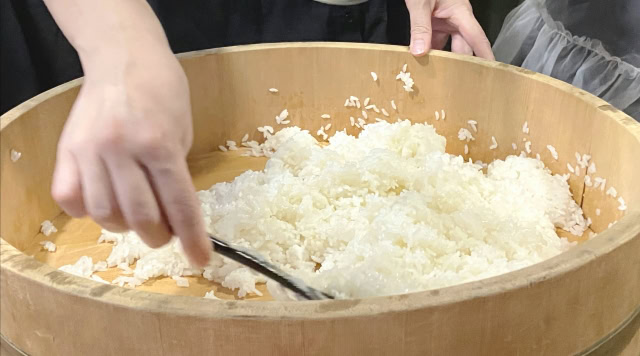
The origins of sushi are surprisingly different from what we know today. It began as nare-zushi, a method of preserving fish in Southeast Asia where fish was packed in salted, cooked rice. The rice would ferment, preserving the fish for months, but the rice itself was discarded.
The culinary landscape changed dramatically during Japan’s Edo period (1603-1868). As vinegar became more widely produced and affordable, a revolutionary idea emerged. Instead of waiting months for rice to ferment, why not just add vinegar directly to the cooked rice to achieve a similar acidic taste and preservative effect?
This innovation led to the birth of haya-zushi (fast sushi). Suddenly, sushi transformed from a long-term preserved food into a dish that could be prepared and served in minutes at street stalls. This was the birth of sushi as we know it—Edo’s original fast food, all thanks to the magic of vinegar.
Sushi Vinegar vs. Regular Rice Vinegar: What’s the Difference?
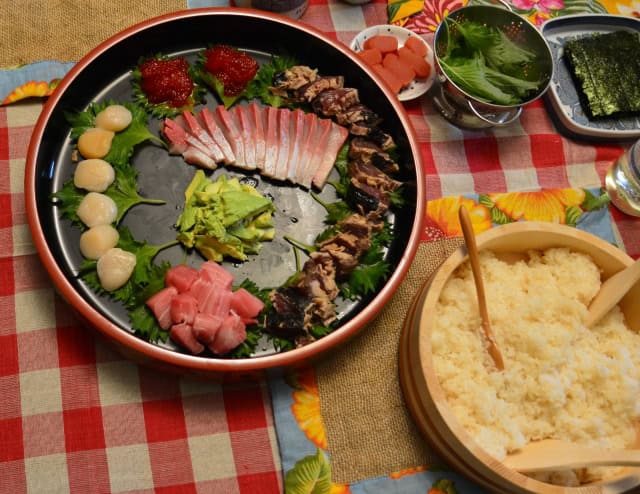
While both start with rice, there is a fundamental difference between the “sushi vinegar” you buy in a bottle and a standard bottle of rice vinegar.
| Regular Rice Vinegar | Sushi Vinegar (Sushi-zu) | |
| Ingredients | Primarily rice and water. | A complete blend of rice vinegar, sugar, and salt. |
| Taste | Sharp, potent acidity. | Mild, balanced, and complex (sweet, salty, and sour). |
| Purpose | A base ingredient for dressings and marinades. | A ready-to-use seasoning designed specifically for sushi rice. |
In short, sushizu is a finished product. While expert sushi chefs create their own signature blends from scratch, bottled sushi-zu made it possible for anyone to easily prepare delicious sushi rice at home, popularizing dishes like hand-rolled sushi (temaki) and scattered sushi (chirashi).
The Connoisseur’s Choice: Akazu (Red Vinegar)
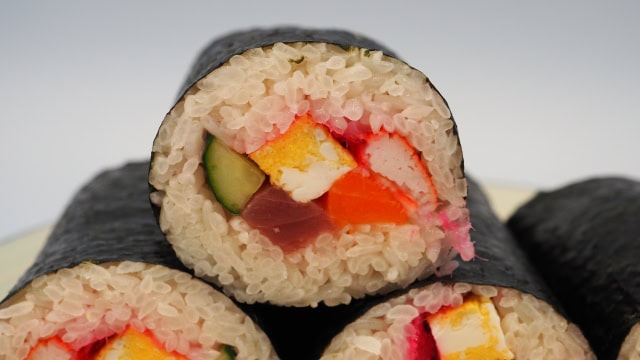
If you’ve ever dined at a high-end, traditional sushi restaurant and noticed the rice has a faint brownish-red hue, you’ve encountered akazu (red vinegar).
Unlike the clear rice vinegar used in typical sushi-zu, akazu (sometimes spelled akasu) is made from sake kasu—the lees, or pressed mash, left over after sake has been produced. This nutrient-rich mash is placed in wooden boxes and aged for three to five years. Through this long, slow fermentation process, the amino acids and sugars react, creating a dark, reddish-brown vinegar with an unparalleled depth of flavor.
The characteristics of akazu are truly unique:
- Aroma: A rich, deep, and slightly malty fragrance.
- Flavor: Incredibly mellow and round, with almost no sharp acidic bite. It possesses a powerful natural umami and a subtle sweetness derived from the sake lees themselves.
Historically, akazu was the original vinegar of Edo-style sushi. In an era when white sugar was an expensive luxury, akazu allowed chefs to impart richness, umami, and a hint of sweetness to their shari without needing to add sugar. It was a sustainable and brilliant use of a byproduct from sake brewing.
White vs. Red Shari: The Art of Pairing
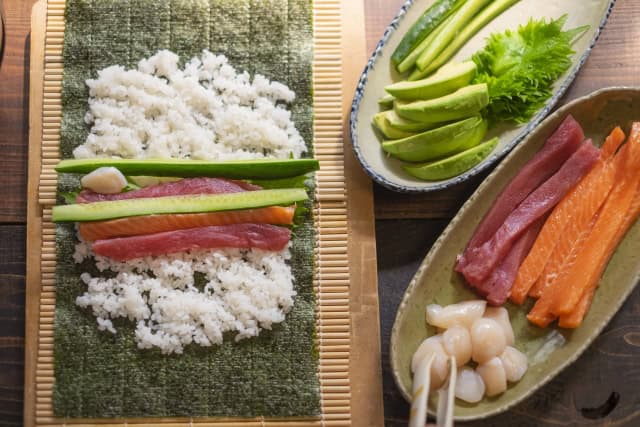
Today, sushi masters choose their shari—white (made with rice vinegar) or red (made with akazu)—based on the topping it will be paired with. It is a choice between the “art of subtraction” and the “art of addition.”
White Shari (Using standard sushizu)
- Concept: The Art of Subtraction. The clean, crisp shari steps back to allow the delicate flavor of the topping to be the star.
- Characteristics: A bright, clean appearance with a refreshing balance of acidity and sweetness.
-
Best Pairings:
- Delicate White Fish (Tai, Hirame): Allows their subtle sweetness to shine.
- Squid, Scallops, and Shellfish: Complements their gentle ocean flavor without overwhelming it.
- Rich Toppings (Uni, Ikura): The clean acidity of the rice cuts through the richness for a perfect balance.
Red Shari (Using Akazu)
- Concept: The Art of Addition. The robust, umami-rich shari stands shoulder-to-shoulder with powerful toppings to create a more intense and complex harmony.
- Characteristics: A visually striking color and a deep, savory flavor profile with a long-lasting finish.
-
Best Pairings:
- Tuna (Akami, Chutoro, Otoro): The rich umami of the akasu rice beautifully matches the iron notes and fatty richness of tuna.
- Oily & Cured Fish (Kohada, Saba): The vinegar’s bold character stands up to the strong flavors of these “silver-skinned” fish.
- Simmered Toppings (Anago, Hamaguri): The substantial flavor of the red shari provides a solid foundation for toppings glazed with sweet and savory sauces (nitsume).
Conclusion
A single piece of sushi is a universe of flavor, and at its center is the perfectly seasoned shari. The vinegar that seasons it is not just an ingredient; it is a product of history, science, and culinary philosophy.
The next time you enjoy sushi, pay close attention to the rice. Notice its color, its aroma, and its taste. Whether you’re tasting the clean harmony of white shari made with sushi-zu or the deep, traditional symphony of red shari with akazu, you are experiencing the true soul of sushi—a craft perfected over centuries.
Sushizu Videos
Sushi Vinegar (Sushizu) & Red Vinegar (Akazu) FAQ
- What is sushi vinegar (sushizu)?
It’s a mix of rice vinegar, sugar, and salt, used to season sushi rice.
- What is red vinegar (akazu)?
A special vinegar made from aged sake lees. It has a mild acidity and rich umami.
- How do they differ?
Sushizu is light, sweet, and refreshing. Akazu is darker, deeper in flavor, and more savory.
- What does sushi with red vinegar taste like?
t has a mellow acidity and umami-rich flavor. Perfect with fatty fish like tuna or anago (eel).
- Where can I try sushi with red vinegar?
Many high-end sushi restaurants in Tokyo and other cities use akazu for their rice.
- Can I taste both styles?
Yes! Some sushi shops offer both white vinegar rice and red vinegar rice for comparison.
- Can I buy akazu to use at home?
Yes, it’s available in specialty shops and online. It’s great for sushi rice, dressings, and simmered dishes.
- Why do top sushi chefs prefer akazu?
Because its rich umami enhances the flavor of fish without overpowering it.
- Is sushi with akazu common for tourists?
It’s not as common as white vinegar sushi, but trying it offers a unique “authentic Edo-style” experience.
- Which should I try as a first-timer?
Try both! Sushizu is classic and easy to enjoy, while akazu is deep, savory, and memorable.
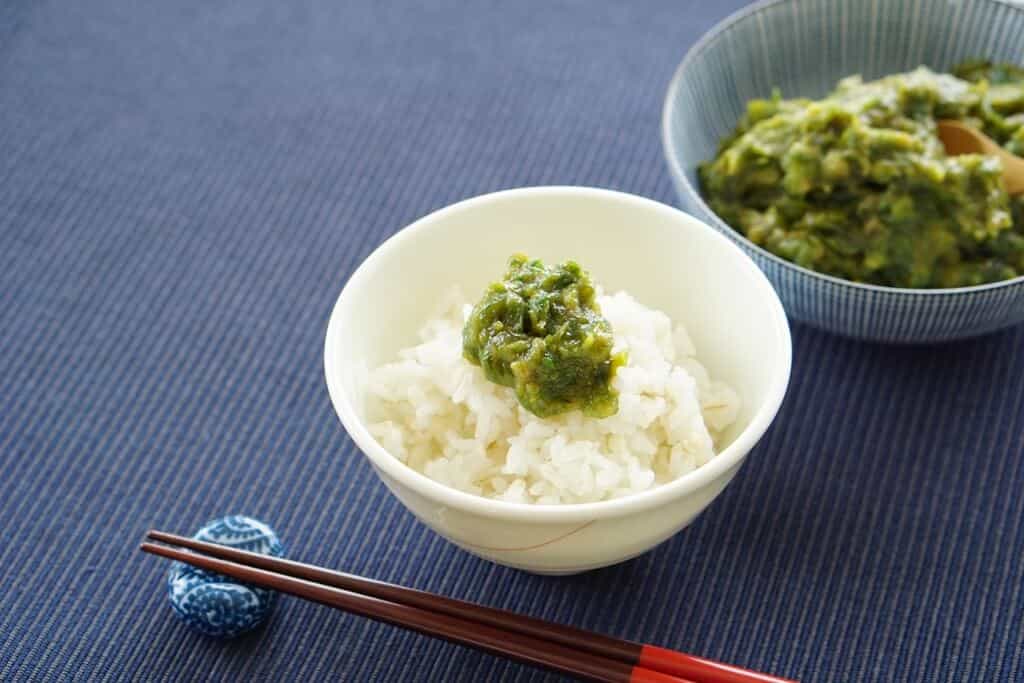
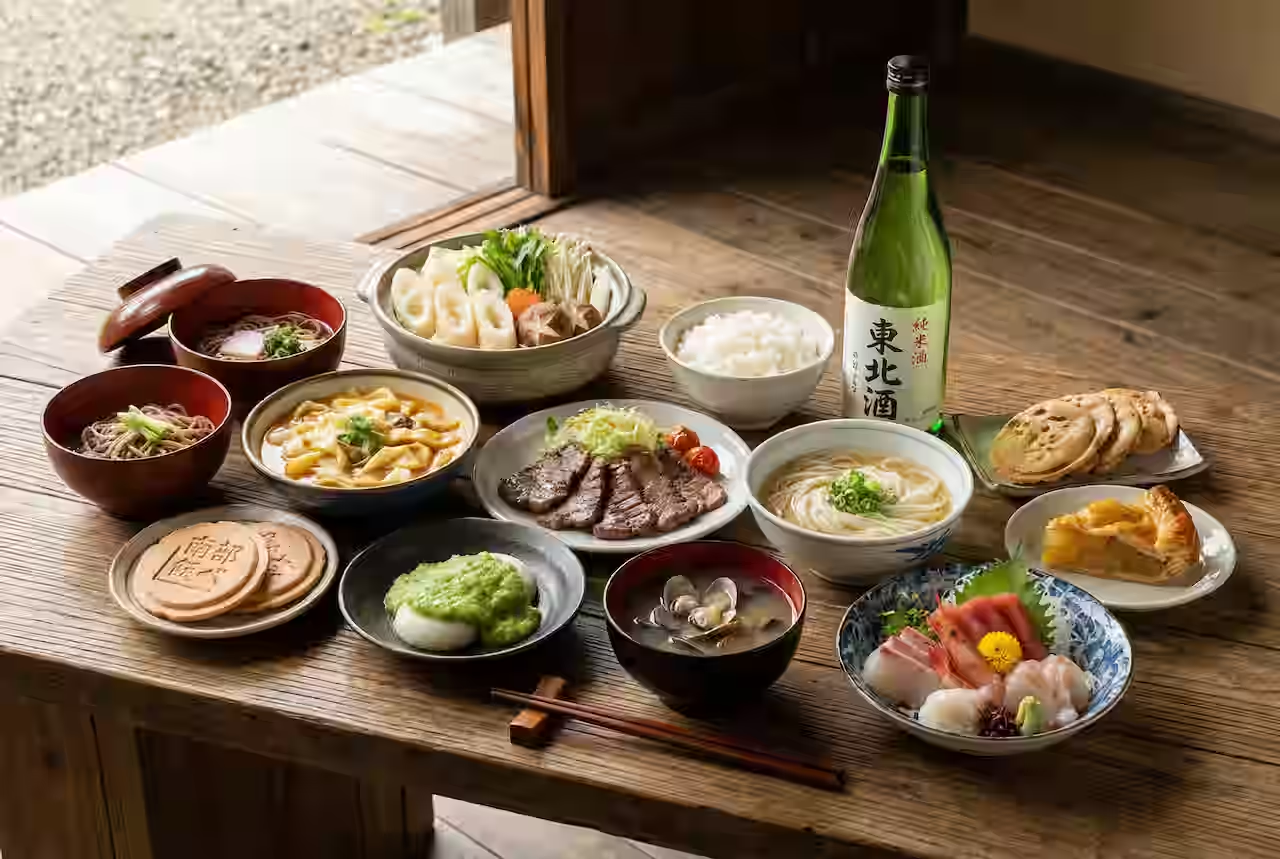

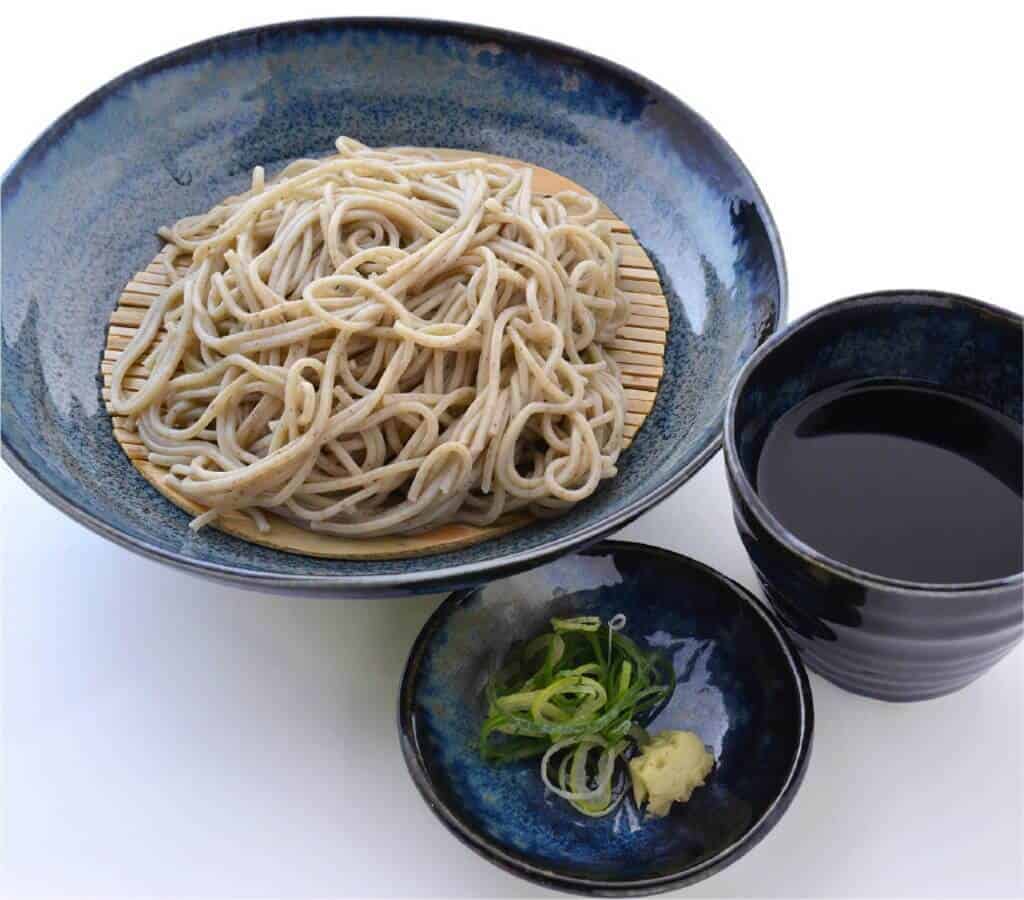
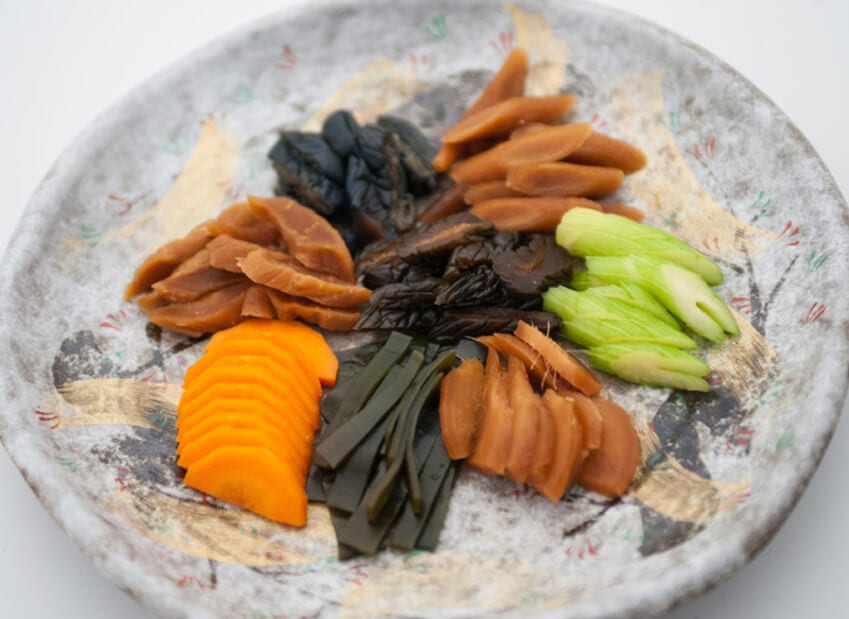

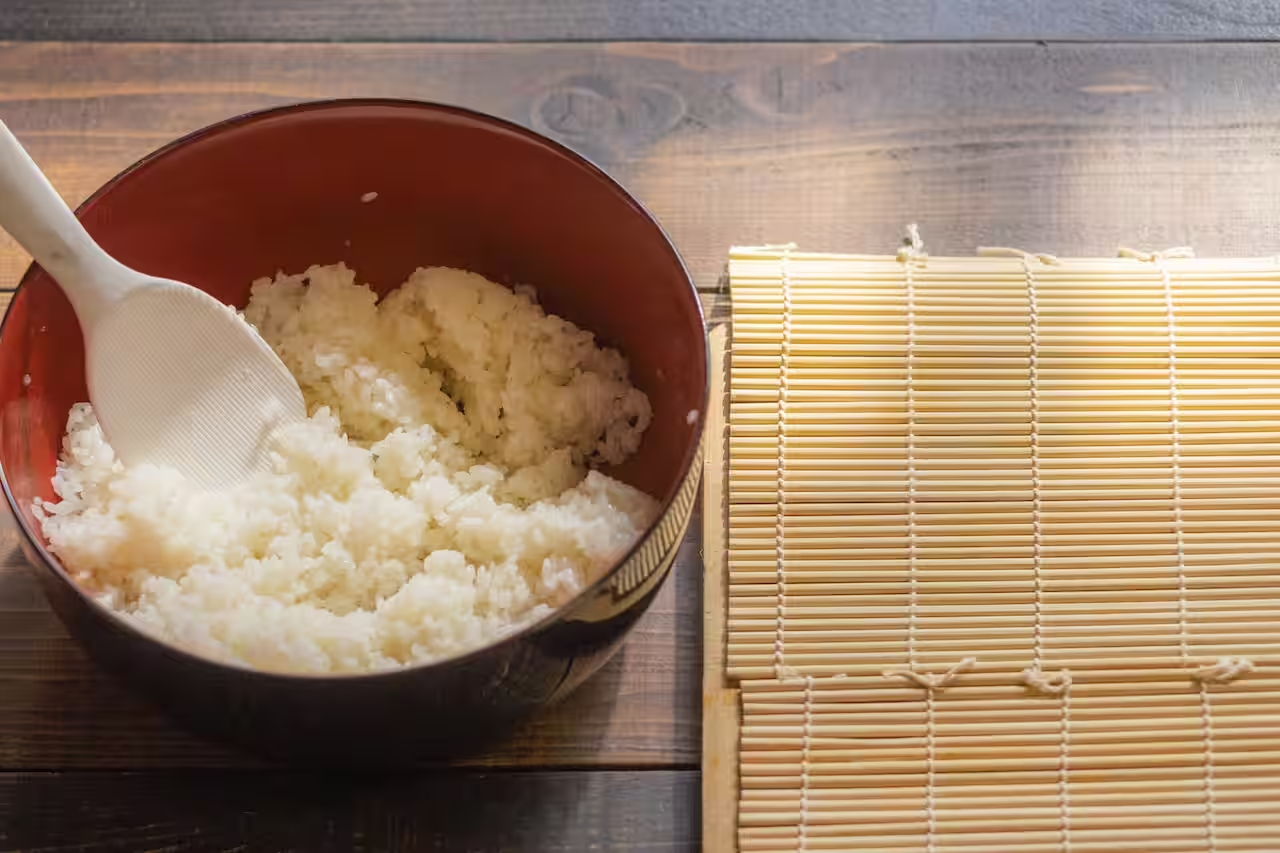
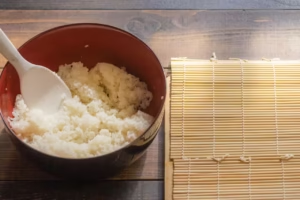
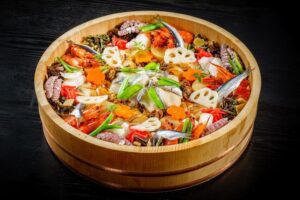

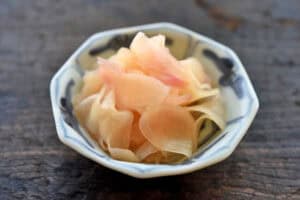

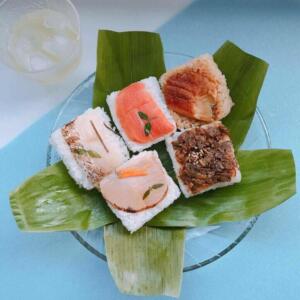
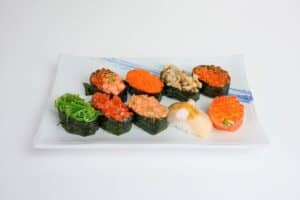
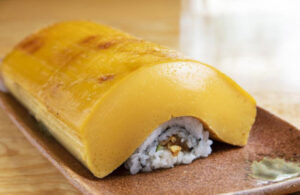
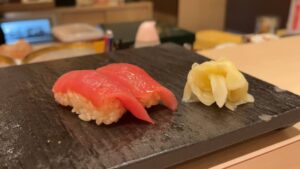
Comments